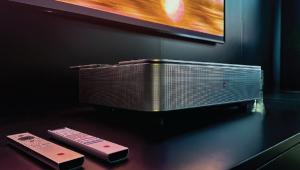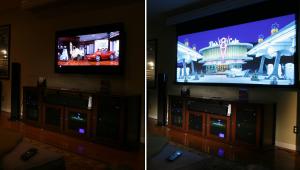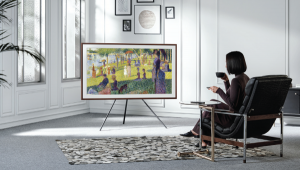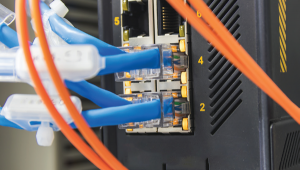"Speed" was the movie that got you INTO home theater? News flash- I was into home theater before Keanu Reeves even made his first movie! You can upgrade every movie with the newest format if you want, but there's always going to be stuff on the older formats that never gets carried over. There's tons of material on VHS that will NEVER be released on DVD, much less Blu-Ray. Also putting CDs on a server might be more "convenient", but actual discs still SOUND better and to me that's what it's all about.
As far as getting rid of stuff, I see you have DirecTV- that has been a joke ever since it started, there's no logical reason for ANYONE to have satellite or cable TV, unless they enjoy paying to be insulted.




























































